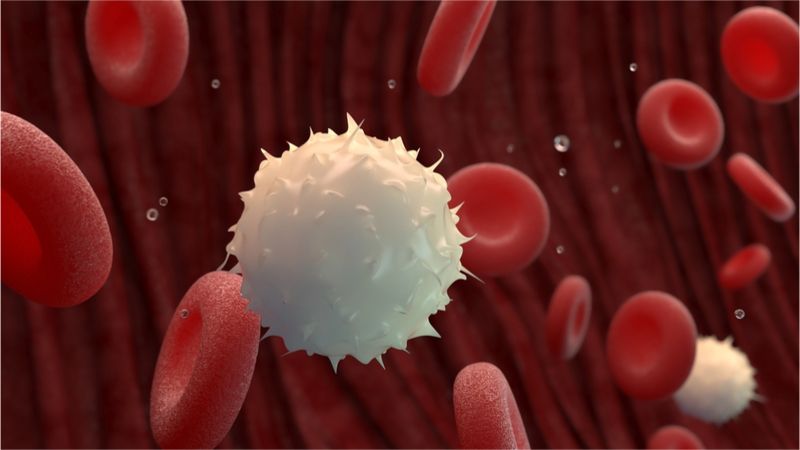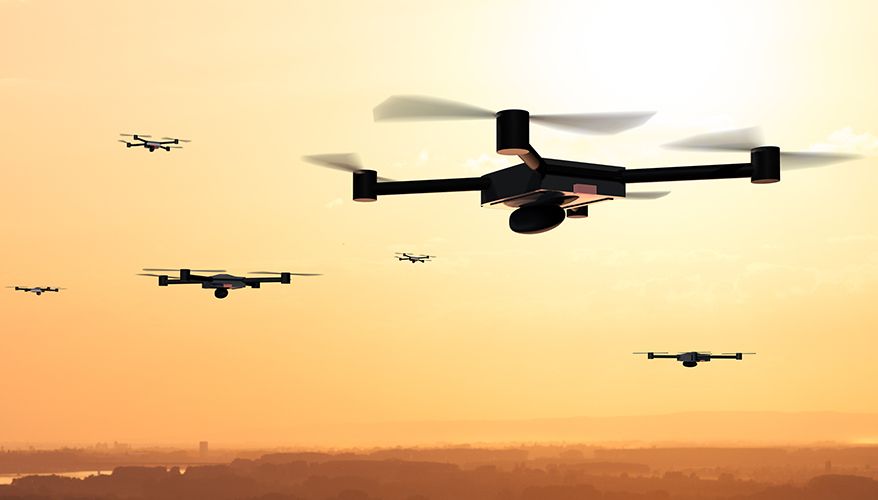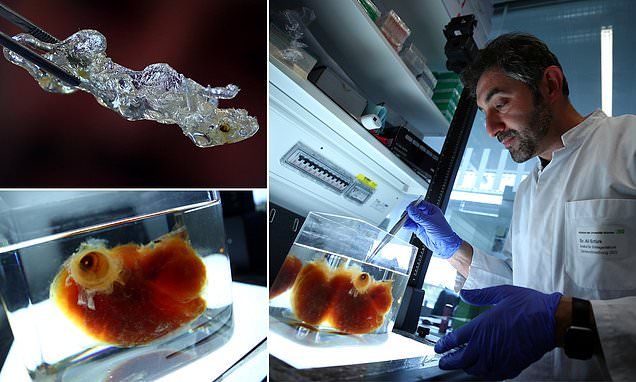Apr 25, 2019
Scientists discover coal-derived ‘dots’ are effective antioxidant
Posted by Genevieve Klien in categories: health, nanotechnology, neuroscience, quantum physics
Graphene quantum dots drawn from common coal may be the basis for an effective antioxidant for people who suffer traumatic brain injuries, strokes or heart attacks.
Their ability to quench oxidative stress after such injuries is the subject of a study by scientists at Rice University, the Texas A&M Health Science Center and the McGovern Medical School at The University of Texas Health Science Center at Houston (UTHealth).
Quantum dots are semiconducting materials small enough to exhibit quantum mechanical properties that only appear at the nanoscale.
Continue reading “Scientists discover coal-derived ‘dots’ are effective antioxidant” »


















